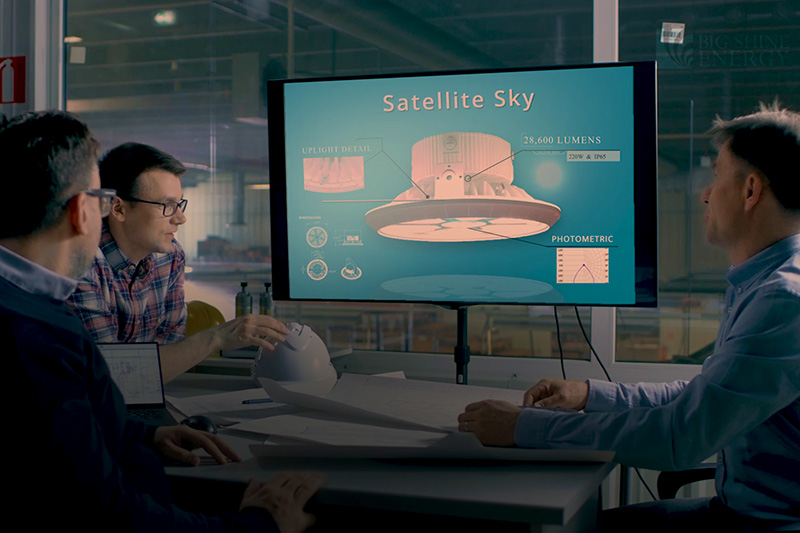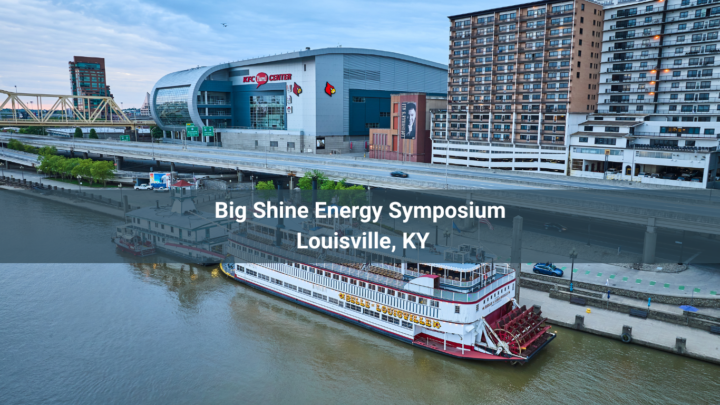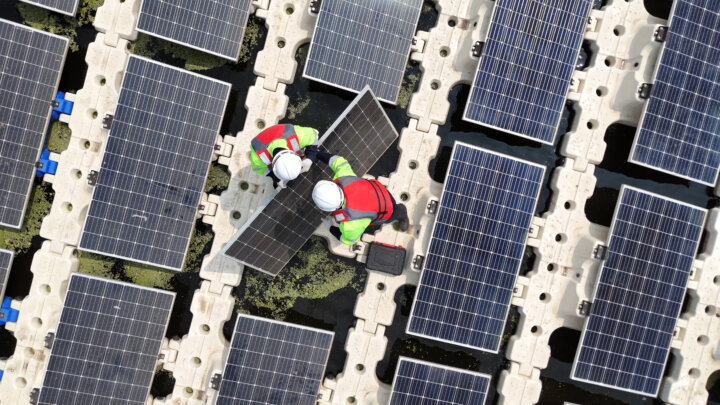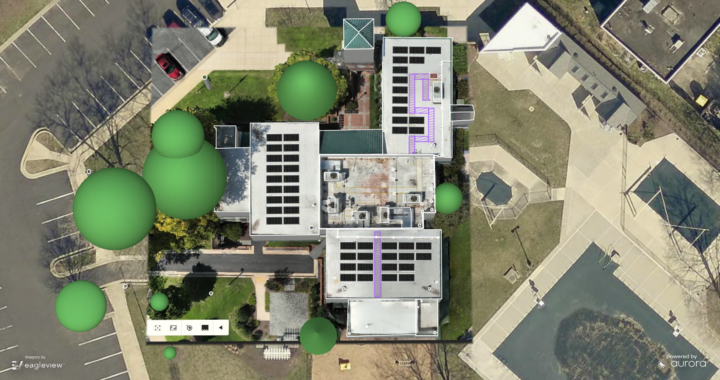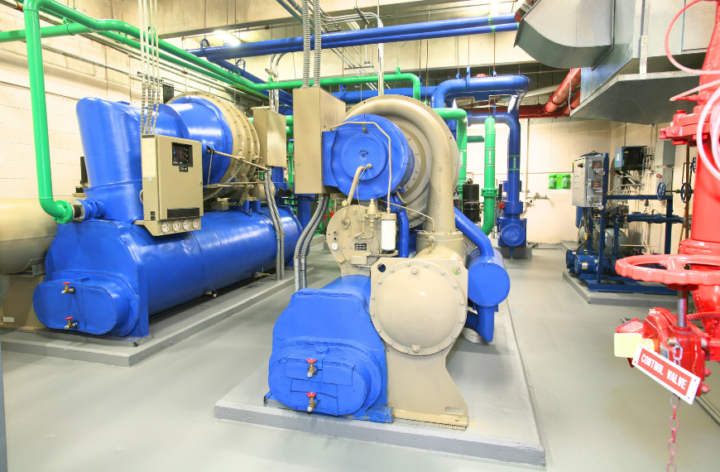Are you still using fluorescents, metal halide or HPS lighting? If so, upgrading to state-of-the-art LED lighting is a great move to make! At Big Shine Energy, we want you to be delighted with your upgrade experience. As with every new technology, LED lighting has its own set of options and pitfalls, so we wanted to share this outline of common mistakes to avoid:
1. Not bringing Lighting Experts in for an On-site Audit
Upgrading your facility to LED lighting can sound easy – look up the lumen output of your existing fixtures, find LED fixtures that match, hire an electrician to install them for you, right? Then, why do we say that not bringing in lighting experts is the #1 mistake?
LED lighting is an investment that can save you substantial money and improve your facility at the same time. Because it’s an investment, it pays to bring in experts to help you plan. They can assess whether your existing lighting is optimally designed, or even adequate. Does it meet code? Are there shadows in task areas, or glare? Does the lighting give customers a great visual experience? Will it enhance the workplace mood, safety and productivity? Which type of lighting controls are best for your operations? Can the upgrade qualify for rebates? What ROI can you expect, taking into account the Total Cost of Ownership? In other words, how much can you also save by avoiding the periodic facility shut-down for re-lamping and disposal of your metal halide bulbs?
2. Not Asking (or Being Asked!) Enough Questions
The benefits of doing a little planning are huge, and planning begins with a lighting expert asking the right questions. First, the lighting auditor needs to know all about your operations: people, tasks, hours, equipment, building electrical system. Will the space be likely to change in coming years? And how will that affect your lighting plan of today? Do you need IK, IP or NSF rated fixtures? What beam angles are best (this might change for different parts of your facility)? Do you need low flicker or SVM rated fixtures? How important is color rendering? What is the operating environment, especially the temperature where the fixtures are located? Are there any unusual needs, or problems such as power quality? Don’t forget about the planning of the installation. How long will it take? Will the installers coordinate fully with your operations team? Are the installers safety-trained and ISN certified?
3. Focusing only on Fixture Cost
There are literally thousands of different LED fixtures on the market, and – from the outside – they all look pretty much the same. The key differences are in the design and in the quality of the materials and components inside. The best manufacturers select their LED chips based on ‘binning’.
Binning is a process in which individual LED chips are tested and sorted at the time of manufacture. LED chips are mass produced in huge quantities. Because LEDs are multi-layer crystals made by deposition processes, there will be variations in the properties. To avoid assembling chips from opposite ends of the quality and color range into the same fixture, each chip is very rapidly tested and then assigned to a bin with other chips that behave the same. Fixture manufacturers buy their sets of chips according to the bins they choose to use. The better chips cost more. Chips are sorted into bins according to three criteria: correlated color temperature (CCT), lumen output, and forward voltage. Chips that are shifted from the intended color temperature (CCT) will also tend to be less stable over time. Chips with different forward voltages cannot be efficiently matched to the driver.
The electronic driver is also critical to the long-term performance of the fixture. LED fixtures with cheap drivers will certainly turn on – when they are new. Some problems are not obvious, such as poor power factor, harmonic distortion, RF interference or non-visible flicker, but these can affect both people and equipment over time. Then, within a couple of years the problems of cheap components can become obvious: cheap plastics like polystyrene will begin to yellow, poor quality LED chips will turn color, dim prematurely, and some may fail leaving dead spots in the light.
Don’t be trapped by the marketing sound-bite of a ‘7 or 10-Year Warranty’. If you read these Warranties carefully, you find that yellowing, LED color changes, partial LED failure, and lumen depreciation are typically not covered. Once the lumen output has depreciated to 70% of original the fixture is too dim to be useful and must be replaced. If this happens before the Warranty Term is up the Warranty is useless to you. Many of these warranties also exclude coverage of the driver or impose limits on the total number of operating hours.
4. Buying the Wrong Type of LED Light
The initial selection is very basic: choose fixtures that are UL/ETL and DLC listed, have the correct voltage and desired lumen output. Beyond this, many mistakes are often made: Choosing the wrong beam angle, the wrong CCT, an inadequate CRI and (if this is critical) color metrics including TM-30, not suitable for manufacturing area, failing to anticipate the current or future need for dimming and lighting controls.
5. Having Too Many Parties Involved
If your LED fixtures were supplied by a 3rd party (someone other than the manufacturer), you have no relationship with the manufacturer. Even if the fixtures are high quality, they will fail if improperly specified or installed. Even the best fixtures may experience a small failure rate due to power surges and ‘unknown unknowns’. It’s only after you have some fixtures fail that you realize that you will have to establish this relationship. If the specifier, installer, distributor and manufacturer are separate parties, a simple warranty issue can escalate into finger-pointing, hidden costs, endless delays and terminal frustration.
Altogether there are nine significant roles in your lighting upgrade: interview/site survey and assessment; lighting audit; product selection; photometric design/lighting plan approval; product manufacture; incentive rebate application support; installation planning; installation; commissioning and post-installation support. If you have a contract with someone who is directly responsible for five of these roles, then you have 56% relationship.
At Big Shine, our experience has proven again and again that your interests are best served when you have a 100% relationship for your lighting upgrade. We provide a complete turnkey solution, a 100% relationship, and you will always have a common point-of-contact for every one of the nine steps in your lighting upgrade project. This assures that the final step means 100% customer satisfaction, both now and in the future.
